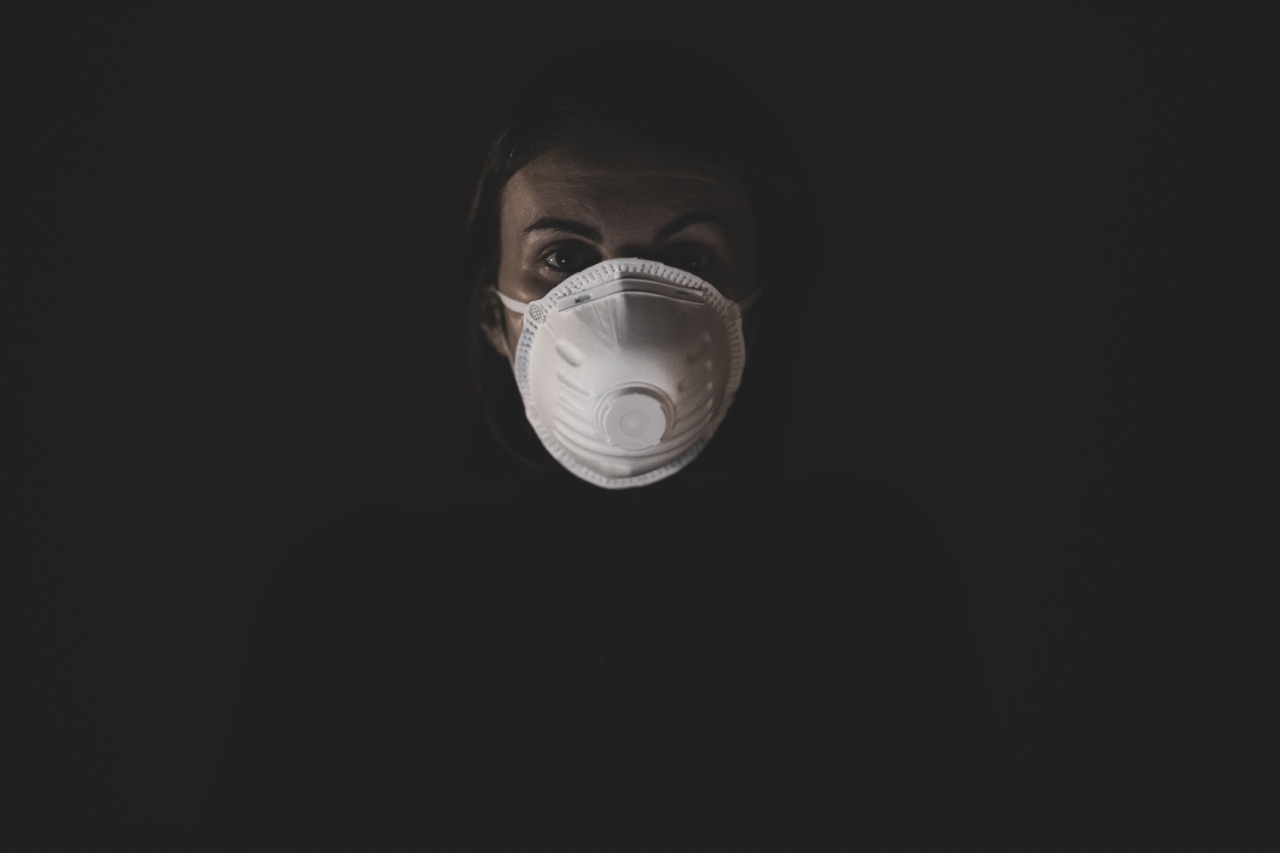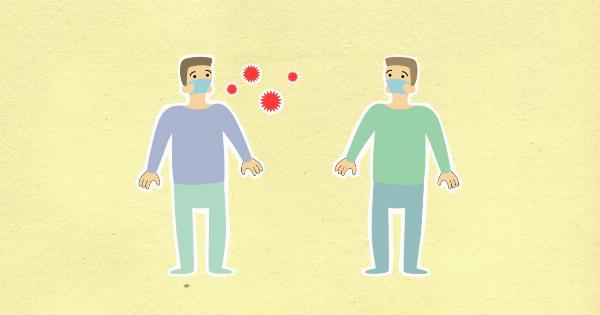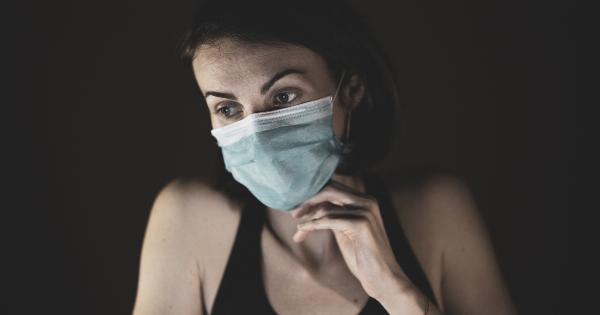Ebola is one of the most dangerous viruses in the world. It belongs to the family Filoviridae, which causes severe and fatal hemorrhagic fever in both humans and animals.
The virus is named after the Ebola River in the Democratic Republic of Congo, where it was first discovered in 1976. Since then, there have been numerous outbreaks of the virus, mostly in sub-Saharan Africa. Every outbreak of Ebola has been deadly, with mortality rates ranging from 20% to 90%.
The Origin of the Ebola Virus
The origin of the Ebola virus is still unclear. However, scientists believe that the virus originated in animals, most likely fruit bats.
It is thought that humans contract the virus by coming into contact with infected animals or their body fluids, including blood, saliva, and feces. Once the virus enters the human body, it attacks the immune system and causes severe bleeding both internally and externally.
Symptoms of Ebola Virus
The symptoms of Ebola virus are similar to other viral infections, including fever, headache, fatigue, muscle pain, and sore throat. However, as the virus progresses, the symptoms become more severe and may include:.
- Vomiting and diarrhea
- Rash and red eyes
- Internal and external bleeding
- Organ failure
- Death
Transmission of Ebola Virus
The transmission of Ebola virus occurs through close contact with the body fluids of an infected person. The virus can spread through direct contact with the blood, saliva, or other bodily fluids of an infected person.
The virus can also be transmitted through contact with objects contaminated with the virus, such as needles and syringes.
The virus can also spread through contact with dead bodies of those infected with the virus. During Ebola outbreaks, it is common for people to participate in burial rituals that involve touching the body of the deceased.
This practice can lead to the spread of the virus to family members, community leaders, and healthcare workers.
Treatment of Ebola Virus
There is currently no specific treatment for Ebola virus. Treatment involves supportive care, which aims to manage the symptoms and complications of the virus. Supportive care includes:.
- Intravenous fluids
- Management of complications such as organ failure and hemorrhage
- Pain relief
- Preventing secondary infections
- Emotional support and counseling
There are currently no licensed vaccines available to prevent Ebola virus. However, several vaccine candidates are currently being evaluated in clinical trials.
The World Health Organization (WHO) recommends using an experimental vaccine called rVSV-ZEBOV during outbreaks of Ebola virus. This vaccine has shown promising results in clinical trials, but more studies are needed to determine its effectiveness.
Prevention of Ebola Virus
The most effective way to prevent the spread of Ebola virus is through strict infection control measures. These measures include:.
- Washing hands frequently with soap and water or using an alcohol-based hand sanitizer
- Avoiding close contact with people who are sick
- Wearing gloves and other protective clothing when caring for patients with Ebola virus
- Handling needles and other medical equipment with extreme care
- Properly disposing of contaminated materials
During Ebola outbreaks, it is also important to educate the public about the virus, its symptoms, and how to prevent its spread.
Community outreach programs can help to raise awareness and encourage people to seek medical care if they develop symptoms of the virus.
Recent Outbreaks of Ebola Virus
Since the first outbreak of Ebola virus in 1976, there have been several outbreaks of the virus in sub-Saharan Africa. The most recent outbreak occurred in the Democratic Republic of Congo in 2021.
This outbreak was declared over on May 3, 2021, after 12 cases were reported, including 6 deaths.
The largest outbreak of Ebola virus occurred in West Africa in 2014-2016. This outbreak spread to several countries, including Sierra Leone, Liberia, and Guinea, and resulted in more than 11,000 deaths.
The outbreak was declared over in 2016 after a massive international response.
The Global Response to Ebola Virus
The global response to Ebola virus has been primarily focused on preventing and controlling outbreaks in affected countries. The WHO has played a critical role in coordinating the international response to Ebola outbreaks.
The organization provides technical and logistical support to affected countries and assists in the development of national Ebola response plans.
In addition to the WHO, several non-governmental organizations, including Doctors Without Borders, have played a critical role in responding to Ebola outbreaks. These organizations provide frontline medical care and support to affected communities.
Conclusion
Ebola virus is one of the deadliest viruses in the world, with mortality rates ranging from 20% to 90%. The virus is transmitted through close contact with the body fluids of an infected person and causes severe and fatal hemorrhagic fever.
There is currently no specific treatment for Ebola virus, and prevention involves strict infection control measures. The global response to Ebola outbreaks has been focused on preventing and controlling outbreaks in affected countries.




























